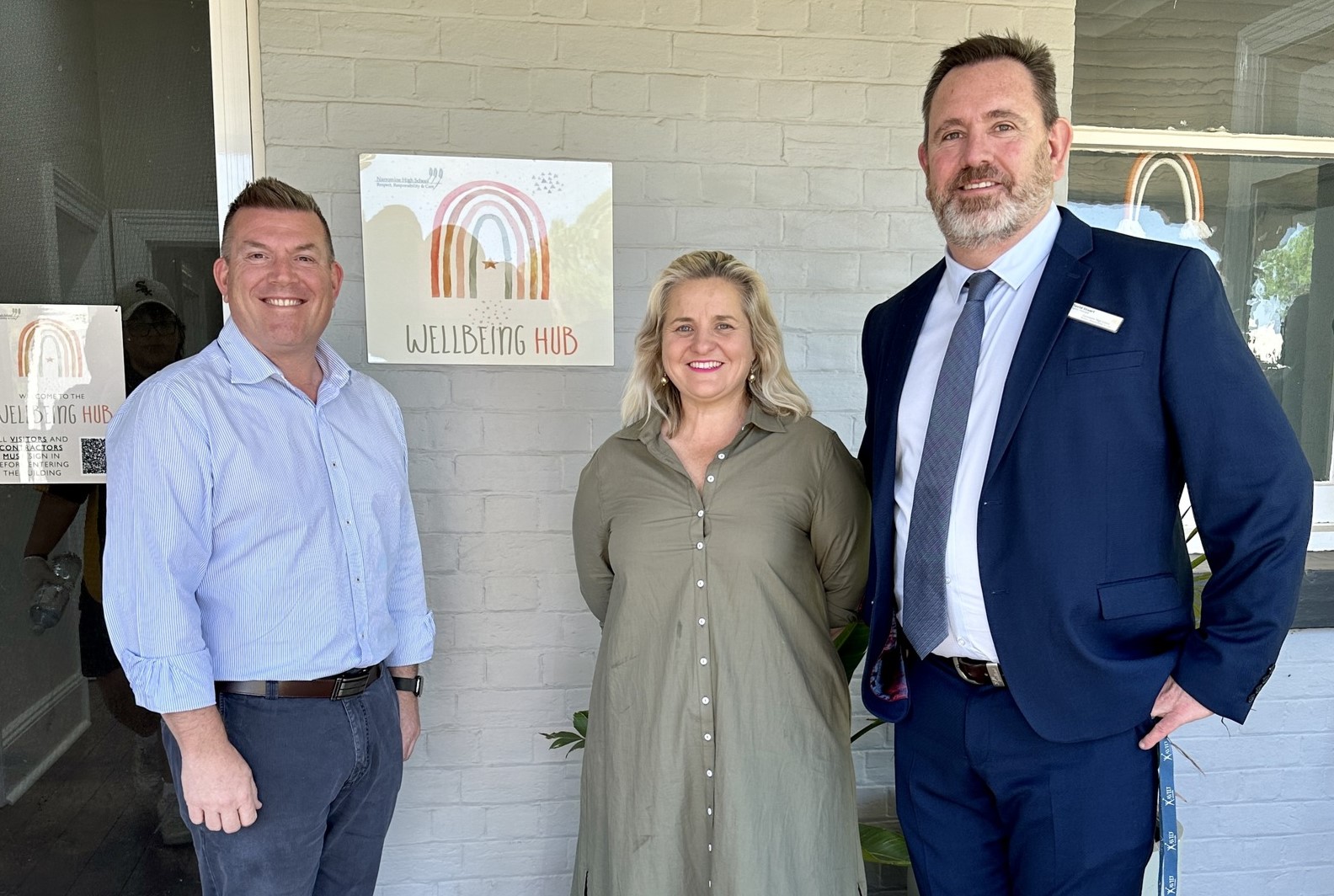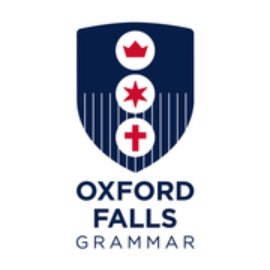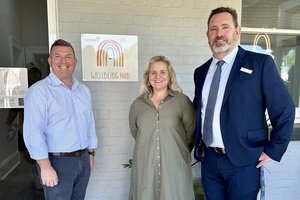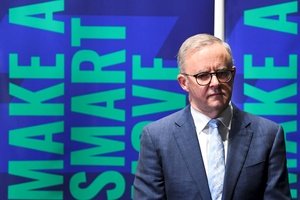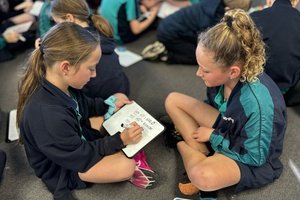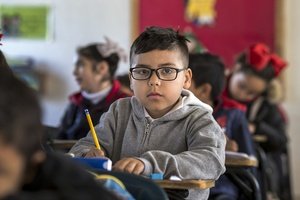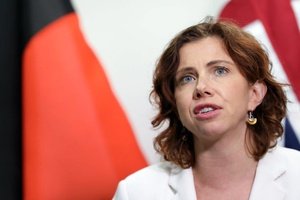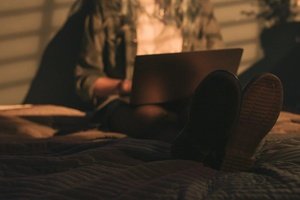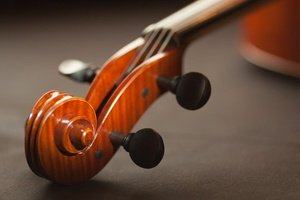Once a run-down principal’s residence at Narromine High School, west of Dubbo in NSW, the house has been renovated and turned into a sun-filled student wellbeing hub.
That transformation reflects what is happening inside, as primary and secondary students access a GP, speech and occupational therapists, a psychologist and get hearing and dental check-ups.
The hub’s work was recently highlighted at the national rural health conference in Perth, held up as an example of collaborative healthcare working to close the gap through a holistic approach to children’s development, incorporating their mental and physical health, their social progress and their education.
More than 300 GP appointments were conducted in 2023, with 93 Indigenous students receiving a health check that assesses their risk of chronic illness.
Some teenagers have been identified as having disabilities and linked with NDIS support, while others have been diagnosed and treated for attention-deficit/hyperactivity disorder (ADHD).

Teachers and health professionals work together at the Wellbeing Hub to provide tailored and ongoing care. PHOTO: NSW DEPT. OF EDUCATION
Young people and their families in Narromine may not use available services due to lack of transport, cost or long-held fear of the healthcare system.
Rural children are therefore more likely to fall through the cracks and have delayed diagnoses, so the hub provides tailored and ongoing care, the service’s GP Dr Vicky Owen said.
“It’s led by a team of teachers ... who are most strongly connected with the young person and their family and know them best,” Owen said.
“That’s really powerful, as opposed to a health or medical-led team.”
Teacher Rebecca Kennedy established the hub in 2019, as some of the school’s 260 students displayed only basic academic skills despite strong support in the classroom.
“I was starting to think: is something more going on here?” Kennedy said.
A local speech therapist assessed some students and found their language was compromised, requiring intervention from a paediatrician.
With specialist shortages gripping the western region Kennedy wrote to Sydney paediatrician Reshma Nikam, who offered yearly bulk-billed visits and ongoing telehealth check-ups.
More health professionals came on board, keen to support a school that has a 70 per cent Indigenous student population.
Though the educational outcomes of the hub have not been formally measured, relieving principal Lucy Burns said there were marked improvements in behaviour and attendance.
The hub has helped teachers and children form trusting connections, Burns said.
“They’re talking about things in their life and things they’re struggling with.
“They’re comfortable to talk deeply, rather than just pretending everything is OK.”
Narromine High is hosting other schools who are hoping to emulate the model, which has been funded through various government grants.
“I really want all communities to have access to a space like this so all kids can have the best possible chance at learning,” Burns said.
“Education doesn’t work in a silo, health doesn’t work in a silo, social services don’t work in silos ... and when we work as one, we get real outcomes.”
AAP


